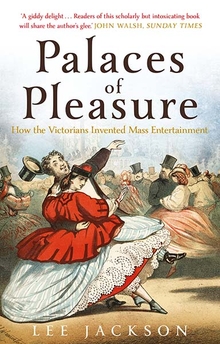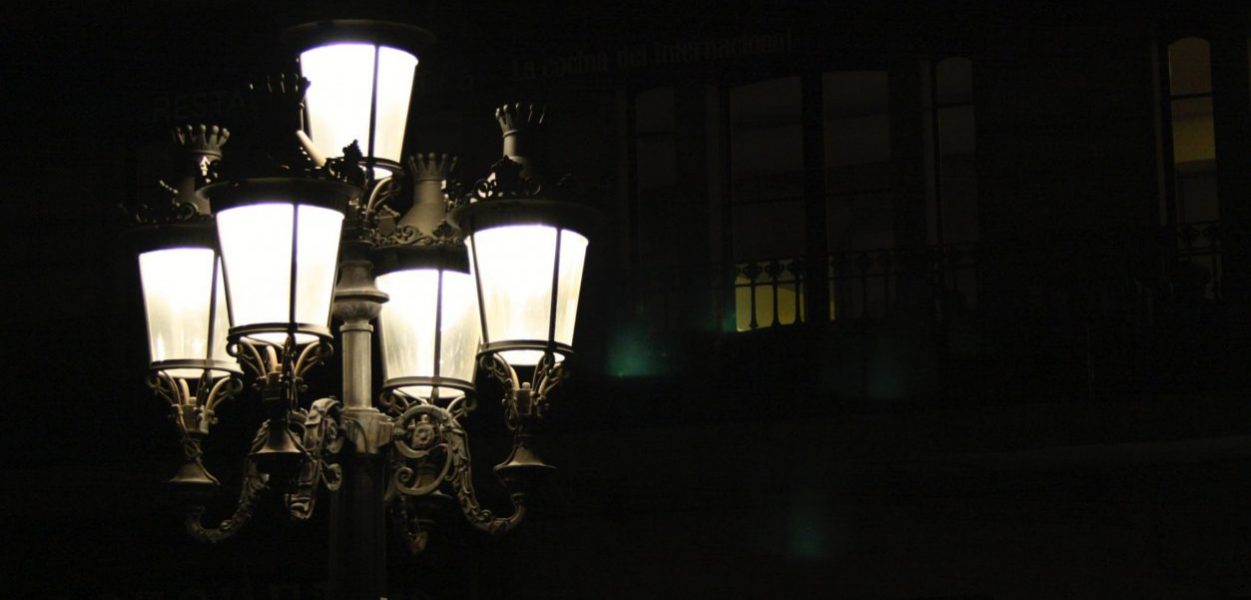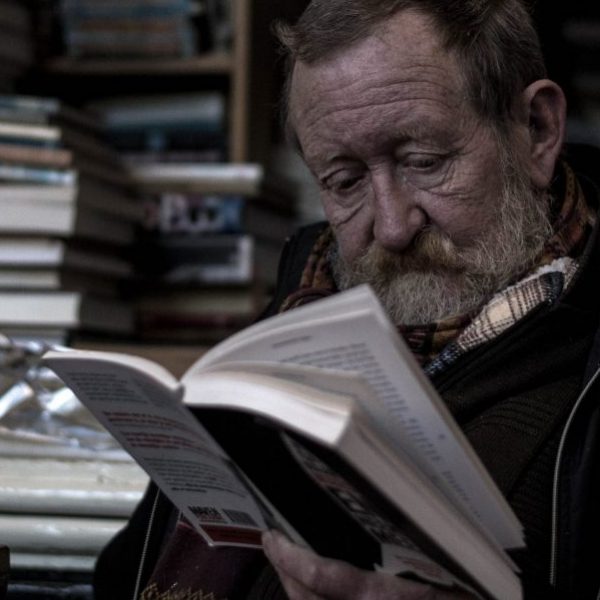The Gin Palace
Lee Jackson—
The emergence of the ‘gin palace’ in the 1830s, on the cusp of the Victorian era, seems a good place to start. These alluring drinking establishments, adorned with gaslight and gilding, were highly attractive public houses, catering to the common man. Their elaborate decor, however, provoked much earnest soul-searching among social commentators. Journalists lavished countless column inches on the threat posed to public morals. Magistrates threatened to remove licences; temperance campaigners fulminated against a glamorous new enemy. Charles Dickens describes a gin palace in one of his earliest journalistic sketches, The Gin-shop, first published in February 1835. He recounts a visit to a public house situated on or near Drury Lane, adjoining some of the worst slums in London. Naturally, Dickens notes the stark contrast between the pub’s ornate facade and the poverty of the surrounding streets; likewise, between the opulent interior and the morally dubious clientele. The character of the place is revealed in a series of droll vignettes. A cocky young man tries to seduce the worldly barmaid (she flatly rejects him, ‘not remembering precisely how blushes are managed’); a pair of garrulous old women down glasses of ‘rum shrub’ (lemon juice, sugar and rum). Finally, the scene dissolves in a mass brawl of Irish labourers.
Dickens and his contemporaries were particularly fascinated/disgusted by the extravagant ornamentation of the gin palace. Typical decoration included illuminated clocks; etched plate-glass windows; over-sized gaslights; extensive bars of polished mahogany. Behind the bar stood vast barrels of branded liquor, the likes of ‘Old Tom’ and ‘Cream of the Valley’. The American author Theodore Sedgwick wrote back to his countrymen, awestruck, ‘Everybody has heard of the gin palaces in England; few, however, can have any adequate conception of them.’ The superabundant use of gas was a great source of amazement: ‘at one [establishment], a revolving light, with many burners, playing most beautifully over the door; at another, about fifty or sixty jets in one lantern, throwing out their capricious and fitful, but brilliant gleams’. Gaslight was so integral to the modish spectacle that gin palaces themselves were often described as ‘flaring’, a transferred epithet, belonging more properly to their conspicuous lights, suggestive of garish vulgarity. Drunkards reportedly grew confused when other shopkeepers adopted similar illumination. One sorry inebriate, arrested after angrily demanding liquor at the local baker’s, allegedly confessed to the magistrate, ‘Upon my sowl, I tuck it for a gin-shop; but they light up every place now as if they sold nothing but gin.’
Dickens and Sedgwick both concluded that the gin palace exercised a fatal fascination, promoting alcoholism and criminality among the working class. Throughout the 1830s, moralists queued up to denounce these newly constructed ‘gin temples’ as a dreadful innovation. The satirist George Cruikshank described them luring the poor and needy to gin-soaked ruin, turning them into ‘sneaking, beadle-kicked, gruel-swollen paupers’. The MP James Silk Buckingham, a proponent of temperance and sabbatarianism, warned of the consequences of endemic gin-drinking: ‘a fiery flood of disease, of crime, and of physical and mental destruction’. Some even compared gin palaces to prostitutes: ‘like true nymphs of the pav., [they] seduce and entrap the irresolute and unwary’. ‘Flaunting’ was another much-used epithet, suggesting seduction, indecency and vice.
Specific complaints included the fact that these new premises lacked seating. Drinkers were expected to stand at the bar and quickly down their ‘dram’. Landlords claimed this prevented dubious characters from lingering and fraternising. Their critics, on the other hand, argued that the rapidity of the transaction and the strength of the liquor fostered what we might now dub ‘binge-drinking’. Multiple doors with smooth ‘patent hinges’ were also condemned: thieves and prostitutes could allegedly dart in and out of crowded bar-rooms, using these entrances and exits to evade the police. The gin palace was repeatedly damned as an unprecedented scourge. The Times noted mournfully that the magnificent decoration once reserved for gentlemen’s clubs and hotels was now being displayed not only in London but nationwide, by greedy publicans, ‘for the benefit (or rather corruption) of the lower classes’. The American author Alexander Slidell Mackenzie picked out the use of stained-glass windows (‘rosettes, bunches of grapes and rich devices’) which surely were supposed to be reserved for the saints and martyrs in church.
But was the gin palace truly such a novel threat to the nation’s morals? Reading through the newspaper articles, pamphlets and parliamentary debates of the period, one might imagine that gin palaces materialised, sui generis, to the utter amazement of respectable society. Nothing could be further from the truth. The ‘gin panic’ of the 1830s obscures a long-running battle between various interested parties over the form and function of the public house; it represented a backlash against modernisation and commercialisation in the licensing trade.
Lee Jackson is a well-known Victorianist and creator of the preeminent website on Victorian London (victorianlondon.org). He is the author of Dirty Old London: The Victorian Fight Against Filth and Walking Dickens’ London.
Further Reading:



























